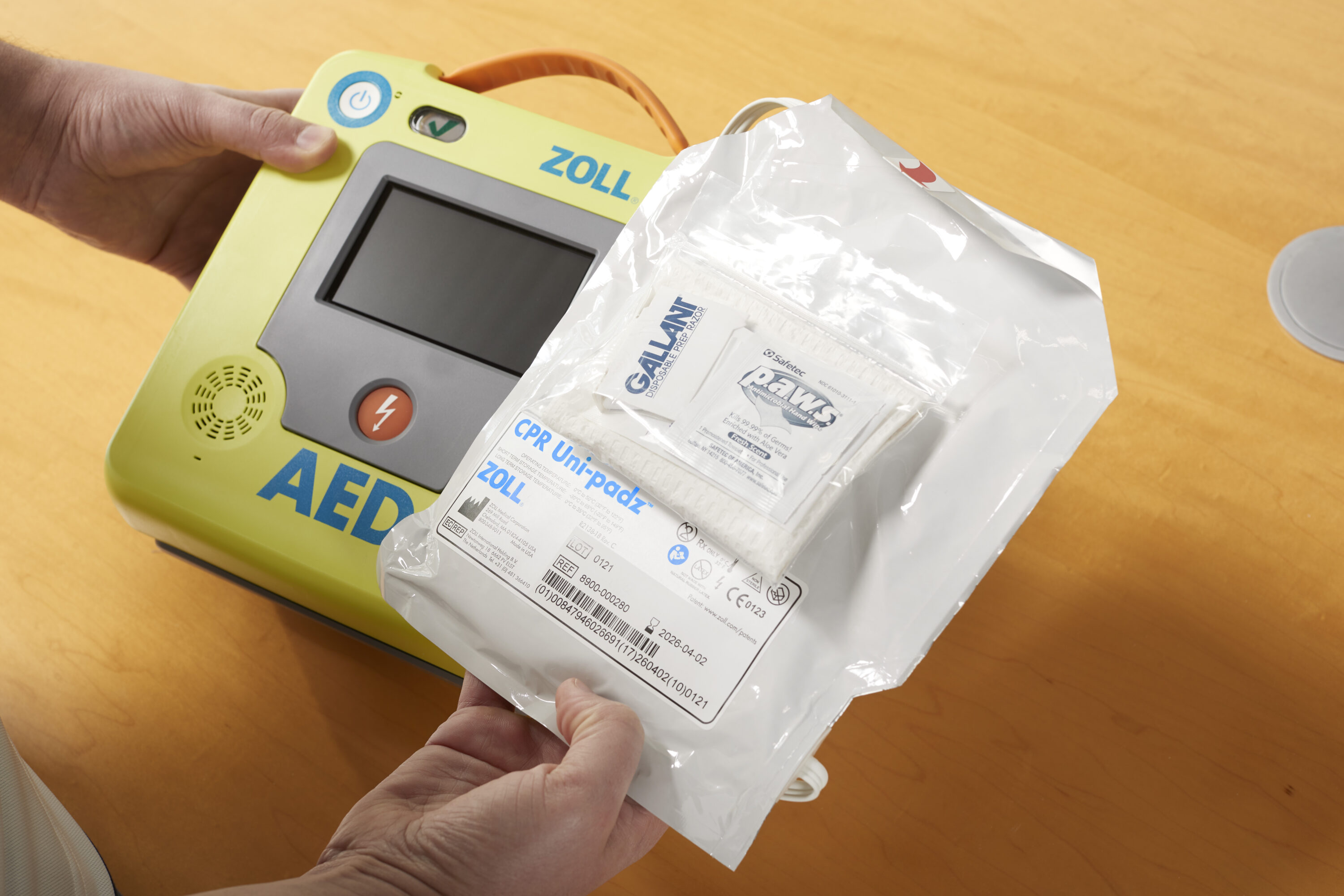
Is periodic maintenance of defibrillators mandatory? Let’s find out
In Italy, proper maintenance of automated external defibrillators (AEDs) is essential to ensure their efficiency and safety. However, it’s necessary to clarify some incorrect information circulating about these life-saving devices.
AEDs are electromedical devices
AEDs are classified as electromedical devices. This is significant because, according to the Medical Device Regulation (MDR), all AEDs have been moved to Class III. This classification underlines the importance of regulatory compliance and correct maintenance protocols.
Simplified electrical safety checks
Although AEDs are electromedical devices, they are classified as devices with exclusive internal power supply, as they cannot be connected to the 220V mains. This simplifies electrical safety checks compared to devices that require mains power. These checks are less complex and generally easier to perform.
Functional checks vs. electrical safety checks
There is often confusion between functional checks (also called routine maintenance) and electrical safety checks. Functional checks should be performed according to the schedule recommended by the manufacturer, while the specification on how to perform electrical safety checks is not within the manufacturer’s competence, as the latter are governed by international, national, and sometimes local regulations. Regarding routine maintenance, according to the manufacturer’s instructions, both ZOLL’s AED 3 and AED Plus do not require additional checks beyond the weekly tests they perform automatically. The owner only needs to periodically check the status indicator and the electrode expiration date (only AED 3 connected to CPR UniPadz performs this last check automatically).
MDR compliance for maintenance
According to the MDR, customers must perform routine maintenance on AEDs adhering at minimum to the manufacturer’s instructions. If a customer chooses to perform more frequent maintenance, either due to internal protocols or local regulations, these actions are outside the manufacturer’s recommendations and are the customer’s responsibility.
Who can perform routine maintenance?
The MDR requires following the manufacturer’s recommendations. For ZOLL devices, this means that any functional check must be performed by personnel trained and authorized by ZOLL. If maintenance is performed by unauthorized third parties, both the customer and the service provider assume responsibility for any issues, not the manufacturer.
Electrical Safety Checks (ESC)
ZOLL does not specify the need for or frequency of electrical safety checks (ESC). This is regulated by standards such as CEI, which require that all electromedical devices undergo electrical safety checks at least once a year. For internally powered devices like AEDs, these checks are simple and mainly consist of verifying that there are no current leakages on the device’s casing or applied parts.
Who can perform electrical safety checks?
Any certified technician can perform ESCs, provided they have the necessary qualifications. In Italy, this often means being registered with a specific professional association.
Routine maintenance vs. electrical safety checks
It’s important to note that routine maintenance and ESCs are distinct activities. ESCs can be part of a routine maintenance protocol, but routine maintenance generally refers to the functional checks specified by the manufacturer.
Conclusion
Maintenance of defibrillators is crucial for their effectiveness, but it’s essential to rely on authorized services and follow manufacturers’ guidelines to avoid unnecessary interventions and maintain product warranty. Don’t be fooled by false economies: choosing a quality AED and respecting the manufacturer’s instructions is the best choice to ensure safety and save lives in the decisive moment. Discover our range of AEDs and further information on correct maintenance by visiting our website.




